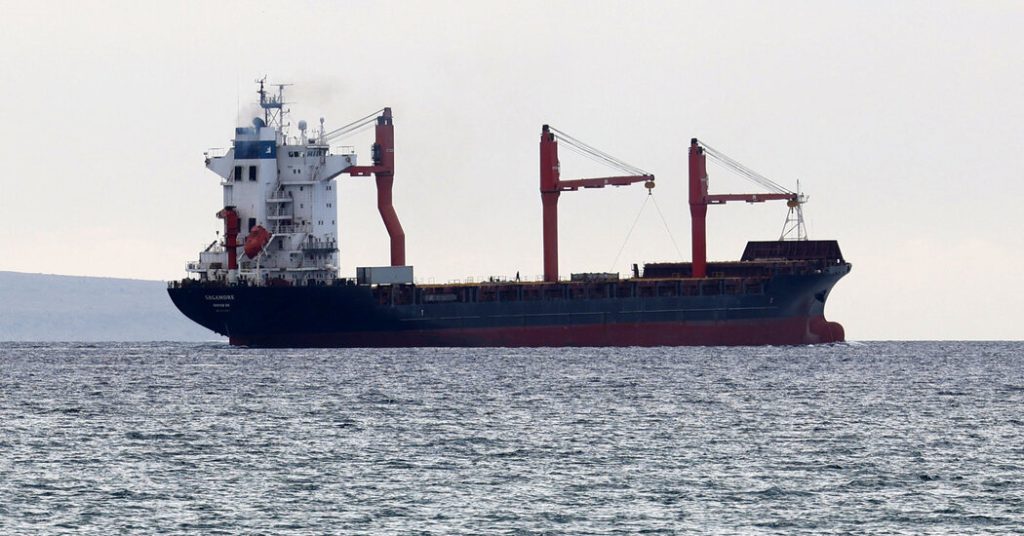The article discusses the U.S. military’s efforts to provide humanitarian aid to Gaza by anchoring a temporary pier on the coast, allowing for aid to be unloaded from ships and brought ashore. Israel has opposed the idea of a seaport for Gaza due to security concerns, leading the U.S. military to construct the temporary pier in order to address the humanitarian crisis in the territory, where shortages of basic necessities have become severe. The aid, loaded onto trucks, will be brought ashore in the coming days under the oversight of the United Nations, with no U.S. troops directly entering Gaza.
The U.S. military and humanitarian groups plan to test the pier operation by loading three to five trucks over the next two days, with the goal of bringing in enough aid for around 90 trucks per day to initially start and increasing to 150 trucks at full capacity. Israel has expressed support for the project, with the Israeli Navy and 99th Division assisting the effort both by sea and by land. Despite Israeli restrictions limiting aid entering Gaza, the temporary pier aims to supplement deliveries through land crossings, not replace them, to help alleviate the humanitarian crisis for Gaza’s 2.2 million residents.
The humanitarian situation in Gaza has become increasingly dire, with aid agencies reporting significant challenges in accessing necessary supplies due to Israeli restrictions and ongoing military operations. The United Nations’ World Food Program has not received aid through the Kerem Shalom border crossing since early May, citing the threat of famine in Gaza as access to essential supplies and fuel continues to be cut off. The agency warned that its stock of food and fuel would run out in a matter of days, underscoring the urgent need for additional aid deliveries to the territory.
The U.S. Agency for International Development has emphasized that the maritime aid corridor established by the temporary pier is intended to supplement existing land deliveries, rather than replace them entirely. The pier has the potential to deliver up to two million meals per day, showcasing the significant impact it could have given the dire circumstances in Gaza. Previous attempts by aid groups to deliver aid by sea were halted abruptly after workers were killed in an Israeli strike, underscoring the challenges and risks involved in providing humanitarian assistance to the region.
The U.S. military’s involvement in constructing the temporary pier and facilitating aid deliveries to Gaza highlights the international response to the humanitarian crisis in the territory. With the situation continuing to deteriorate and access to essential supplies becoming increasingly limited, the need for coordinated efforts to ensure the well-being of Gaza’s population is paramount. Through the temporary pier and ongoing support from the United Nations and aid agencies, the hope is to address immediate needs and provide much-needed relief to those impacted by the conflict and severe shortages in the enclave.


